Thai puffer - Tetraodon barbatus
Scientific name: Tetraodon barbatus
Common name: Thai puffer
Family: Tetraodontidae
Usual size in fish tanks: 11 - 14 cm (4.33 - 5.51 inch)
014
Recommended pH range: 6.3 - 6.3
Recommended water hardness: 8 - 15°N (142.86 - 267.86ppm)
0°C 32°F30°C 86°F
Recommended temperature range: 23 - 27 °C (73.4 - 80.6°F)
The way how these fish reproduce: Spawning
Where the species comes from: South Asia
Temperament to its own species: peaceful
Temperament toward other fish species: aggressive to smaller
Usual place in the tank: Middle levels
Origin
Tetraodon barbatus, commonly known as the Thai puffer, originates from Southeast Asia, particularly in slow-moving or still freshwater bodies in Thailand and neighboring regions. Their natural habitats often include muddy or sandy substrates, scattered vegetation, and low salinity levels—conditions that can be mimicked in brackish aquariums.
Short Description
The Thai puffer is a mid-sized freshwater pufferfish that grows up to 14 cm (5.5 inches) in captivity. It has a robust body with an olive-to-brown coloration and faint markings along the sides. Like other members of the Tetraodontidae family, it can inflate its body when threatened, a defense mechanism that makes it appear larger and less appealing to predators. These puffers are known to produce significant waste, so they require excellent filtration and regular maintenance. While generally peaceful toward conspecifics, they can be aggressive toward smaller fish and should ideally be kept in a species-only tank or with similarly sized, robust tank mates.
Tank Requirements
A minimum tank size of 120 liters (30 gallons) is recommended for a single specimen. Use a soft sand substrate and provide rocks or driftwood for cover. Some live plants may be added, although puffers may occasionally nip at them. Keep water parameters stable within the following ranges:
- Temperature: 23–27°C (73.4–80.6°F)
- pH: 6.3
- Hardness: 8–15°dGH
Brackish water (low salinity) is preferred for long-term health. A specific gravity (SG) of around 1.003–1.006 can be achieved by adding 1 teaspoon of marine salt per gallon of water. Ensure low levels of ammonia and nitrites, as puffers are very sensitive to water quality.
Feeding
Thai puffers are carnivorous and require a varied, protein-rich diet to stay healthy and keep their continuously growing teeth worn down. Suitable foods include:
- Pond snails
- Mussels (in shell)
- Chopped squid or prawns
- Crustaceans and krill
- Occasional treat: blanched peas
Avoid feeding flake food or soft foods that do not help wear down the beak-like teeth. Remove uneaten food quickly to maintain water quality.
Behavior and Tank Mates
Tetraodon barbatus is relatively peaceful toward members of its own species but shows aggression toward smaller or slow-moving tank mates. It is best kept alone or in a species-only tank to avoid injuries. They are intelligent, curious, and can recognize their keeper. Provide hiding spots and mental stimulation to reduce stress and boredom.
Sexing
There are no easily visible differences between males and females. In some cases, mature males may appear slightly more colorful or larger, but reliable sexing usually requires close observation or breeding behavior.
Breeding
Breeding Tetraodon barbatus is rare in captivity but not impossible. Brackish water conditions improve the chances of spawning. The male performs a courtship dance near the bottom, and eggs are laid on a flat surface or substrate. After spawning, the female is chased away and the male guards the nest. Fry hatch in about 6–7 days, but raising them is challenging. The biggest issue is feeding—try offering Infusoria and newly hatched brine shrimp as initial food.
Lifespan
With proper care, the expected lifespan of the Thai puffer is around 10 years.
Pictures
Bought by aqua-fish.net from jjphoto.dk.
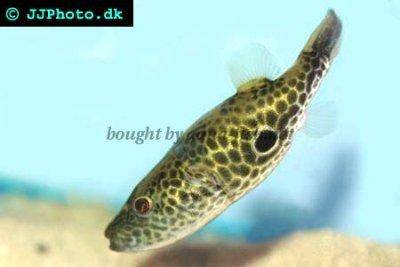




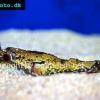 Red
Red 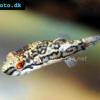 Striped
Striped 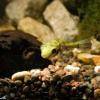 Malabar
Malabar 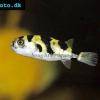 Amazon
Amazon 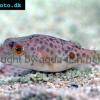 Red-spot
Red-spot 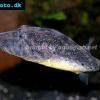 Bailey’s
Bailey’s 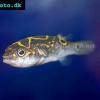 Figure
Figure 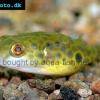 Fang’s
Fang’s 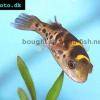 Green
Green  Coral
Coral  Giant
Giant 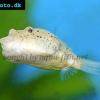 Congo
Congo 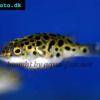 Green
Green 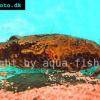 Humpback
Humpback 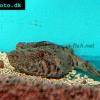 Mekong
Mekong 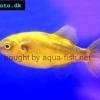 Bronze
Bronze